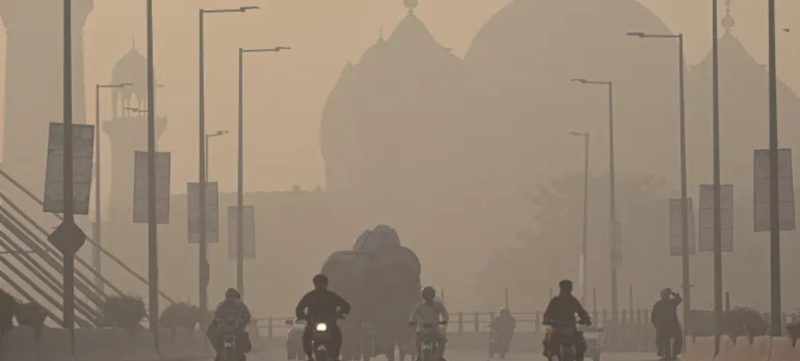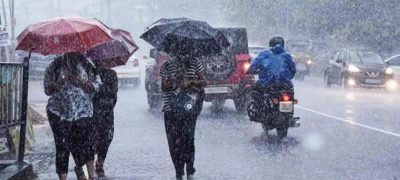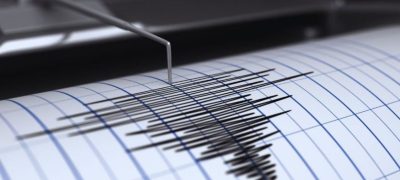Air pollution in Lahore has reached alarming levels, positioning it as the most polluted city in Pakistan and the second most polluted globally.
According to international air monitoring agencies, the city’s air quality is currently 19 times more hazardous than the guidelines set by the World Health Organization (WHO). The overall Air Quality Index (AQI) in Lahore has soared to a dangerous level of 181, with Defense Phase 3 Walton recording the highest AQI at 292, followed by Defense Phase 8 at 248, and Ferozepur Road and Gulberg at 233.
Read more: Islamabad Named the World’s Second Most Beautiful Capital, After London
The Cantonment area has an AQI of 197, while The Mall Road and surrounding areas show levels of 186.
Medical experts have urged residents to take precautions when going outside, especially during the already begun smog season. They recommend wearing masks and protective goggles, as harmful airborne chemicals are expected to remain in the atmosphere throughout October and November.
In response, Lahore Deputy Commissioner Musa Raza has claimed improvements in the city’s air quality index this year due to proactive pre-smog measures compared to the previous year. He noted that preparations for artificial rain have been completed in collaboration with the Pakistan Army if the air quality worsens.
Raza also mentioned that 80 choking points have been identified to monitor and eliminate encroachments that contribute to dust and pollution. Additionally, the Regional Transport Authority has intensified actions against smoke-emitting vehicles, and zig-zag technology has been implemented in brick kilns to reduce emissions.
Authorities have also cracked down on the burning of crop residues, a significant cause of smog, with strict actions promised against those responsible. Environmental experts have warned that smog conditions are likely to worsen in October and November, as the weather during these months can trap hazardous chemicals in the air, raising health concerns for the residents of Lahore.









